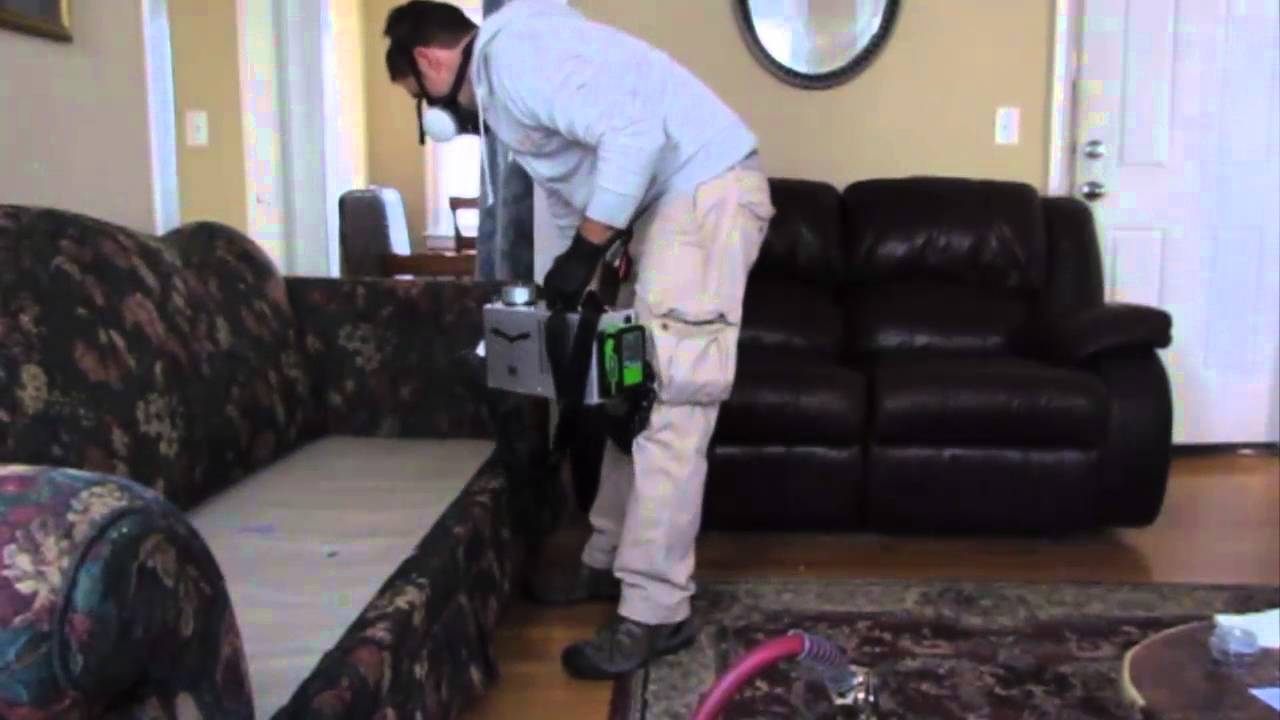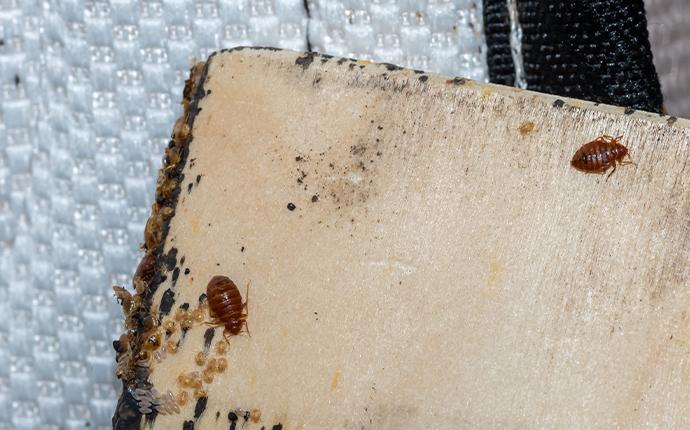

Bed bug elimination is a crucial process for maintaining a healthy and pest-free living environment. Imagine waking up to find tiny, unwelcome guests clinging to your sheets and furniture. The frustration and worry associated with bed bugs are substantial, impacting both your peace of mind and the overall well-being of your family. Bed bugs are notoriously persistent, and eliminating them requires a multifaceted approach, tackling the source, and preventing future infestations. This comprehensive guide will take you through each step of the bed bug elimination process, from initial detection and identification to successful treatment and prevention strategies. We’ll examine the intricacies of the bed bug life cycle, discuss various treatment methods, and provide actionable steps you can take today.
Understanding the Bed Bug Life Cycle
Egg Stage
Bed bug eggs are tiny, oval-shaped, and are often laid in clusters. Eggs are typically laid in cracks and crevices near food sources and can be white or light yellow in color. These tiny eggs hatch within a few days or weeks, depending on temperature, to produce nymph bed bugs.
Nymph Stage
Bed bug nymphs are the immature stages in the life cycle. They are small, wingless, and go through several molting stages before they become adults. Nymphs can be difficult to see with the naked eye. They need to feed on blood to grow and reach their adult form, this explains why they are drawn to areas where humans sleep and spend time.
Adult Stage
Adult bed bugs are reddish-brown in color and oval-shaped. They feed on human blood, often during the night while people are sleeping. This means a lot of nocturnal activity from the pest, and its important to take into consideration the need for effective strategies to help eradicate them. These creatures are known to infest a wide array of locations, so its important to address all probable points of entry.
Identifying Bed Bug Infestation
Signs of Infestation
Identifying bed bugs is crucial to effective elimination. Be on the lookout for tiny reddish-brown bugs, which are commonly found near bedding or in furniture. Bloodstains on your bedding or clothing may also be a clear indication of an infestation. Tiny brown spots or shed skins can be left behind, which are just as useful for identification. It’s important to meticulously check all potential hiding places.
Bed Bug Habitats
Bed bugs often hide in crevices, seams, and folds of mattresses, box springs, and furniture. They prefer dark and sheltered areas. They also like to hide in seams of furniture, or in wall cracks and gaps between boards. Identifying their favorite places is an essential component of understanding their behavior.
Taking Action
Early detection is key. Be vigilant about checking your belongings when travelling or moving to avoid transferring bed bugs to your home or from it. Regular inspection of your sleeping environment is necessary to ensure you catch any signs of bed bug infestation early enough, and keep an eye out for signs mentioned before.
Effective Bed Bug Treatment Methods
Vacuuming and Cleaning
Thorough vacuuming, combined with cleaning, are vital components of an effective bed bug elimination strategy. Vacuum all crevices and seams in mattresses, box springs, and furniture. Then, discard the vacuum bag carefully. Clean surfaces with a solution of warm water and dish soap to further remove residue and kill any lurking bed bugs.
Heat Treatment
Heat treatment is an effective way to kill bed bugs. Using a heat treatment method, such as a heat gun or a steam cleaner, can eliminate the bed bugs effectively by subjecting them to an environment beyond their survivability. Heat-treatment is effective at targeting hard-to-reach areas.
Insecticides
Insecticides, specifically designed for bed bugs, can be used in conjunction with other methods. Professional pest control services are equipped with the right kind of insecticides and knowledge to ensure a professional and effective elimination strategy.
Preventing Bed Bug Re-infestation
Keeping Your Home Clean
Maintaining a clean home environment is paramount in bed bug prevention. Vacuuming regularly and cleaning frequently help to eliminate bed bug eggs and other residue from potential harborage areas. Regular vacuuming to get rid of any potential hiding spot for bed bugs is essential.
Inspecting Belongings
Inspect all luggage, clothing, and furniture before bringing them into your home, especially if you have been travelling. Inspecting your belongings, and in particular keeping an eye out for travel luggage and other items that have recently been in contact with the outside world, is important to prevent bed bugs from getting into your home. This can potentially prevent bed bugs from finding their way into your home, reducing the chances of an infestation.
Professional Pest Control Services
When dealing with a stubborn infestation, professional pest control services offer targeted strategies and specialized treatments. They possess the tools, expertise, and knowledge necessary for a thorough elimination process.
Professional Bed Bug Elimination Services
Identifying and Diagnosing Infestations
Professional pest control experts are adept at quickly and accurately identifying the presence and extent of bed bug infestations. They’re skilled at identifying specific hotspots and using the best possible solutions to treat and eliminate bed bugs.
Using Targeted Treatments
Professionals use specialized treatments, tailored to the specific infestation and its environmental context. This ensures that the treatment is targeted and effective. This can range from using heat treatments, to employing specific insecticides. It’s important to consult with a professional to determine the appropriate level of treatment.
Long-Term Prevention Strategies
Professional pest control companies are also adept at providing comprehensive prevention strategies. They are experienced in helping you understand what preventative steps you need to take to avoid bed bugs from returning to your property. This is usually part of the assessment, to ensure any potential bed bugs are eliminated from the home or surrounding area.
Case Study: Successful Bed Bug Elimination
(Example): A family experienced a significant bed bug infestation in their living room and bedrooms. They initially attempted DIY methods but saw little improvement. A professional pest control service, after performing thorough assessments and employing targeted treatments, successfully eliminated the infestation within 2 weeks. The professionals identified a crack in the wall as a key entry point for bed bugs and used targeted treatments to eliminate the infestation in a timely manner.
Additional Tips for Bed Bug Prevention
Regular Inspections
Regular inspections of high-traffic areas like beds, furniture, and luggage help in early detection. This helps catch any possible signs or entry points before the infestation grows to a bigger problem.
Vacuuming and Cleaning
Frequent vacuuming and cleaning help reduce the presence of bed bugs and their eggs. This is a key component of preventing bed bugs from settling in your house.
Pest Control Prevention Plans
Developing a regular pest control prevention plan is also an important element. This will ensure that your home remains protected from bed bugs and other pests, and this can prevent further problems with bed bug infestations.
Frequently Asked Questions
What are the common signs of a bed bug infestation?
Bed bugs are notoriously difficult to spot, but there are several common signs that can indicate an infestation. These include tiny reddish-brown spots, bloodstains on bedsheets, or the presence of bed bug eggs or skins. Keep a close eye on your mattress seams, box springs, and upholstered furniture. You may also hear distinct scratching noises, particularly at night. These sounds often occur near sleeping areas.
How do I prevent bed bugs from returning after treatment?
Preventing bed bug reinfestation is just as important as the initial treatment. Vacuum frequently, especially in areas where bed bugs are known to congregate. Wash all bedding and clothing in hot water and dry them on a high heat setting. Seal cracks and crevices to prevent access points. Regular inspections and vigilance are key for maintaining a bed bug-free environment. Consider using mattress encasements and storing luggage carefully to avoid introducing bed bugs from infested areas.
In conclusion, bed bug elimination requires a comprehensive and strategic approach. Understanding the life cycle, identifying infestation signs, employing effective treatment methods, and proactively preventing re-infestation are crucial steps. By following the detailed steps outlined in this guide, you can effectively eliminate bed bugs and reclaim your home. For more personalized assistance or further questions, reach out to a professional pest control service for a tailored solution.